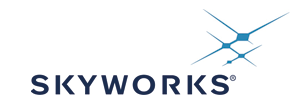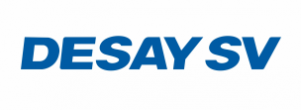On World Radio Day, the Digital Radio Mondiale (DRM) Consortium wishes UNESCO, the founder of the United Nations Radio in 1946, many decades of successes in promoting the free-to-air radio as a universal way of informing and promoting peace to all citizens of the world with enhanced and relevant content enabled by state-of-the art digital broadcast technologies.
The DRM Consortium (www.drm.org) works closely with global radio associations and broadcasters, founders of this prestigious annual event, towards the progress of digital radio, specifically DRM, a medium that can reach all citizens of a country, even of an entire continent, regardless of where they live.
When information is needed in the furthest corners of the world, DRM is there with news, information and, if needed, disaster warnings (ewf.drm.org).
DRM is also engaged in proving that digital radio can deliver distance schooling and information, being the premises of education and peace all over the world.
The DRM is an open, accessible, and flexible standard that has been widely demonstrated globally in all frequency bands. It is a digital platform that saves energy (between 50-90% depending on the bands used) and as such it is increasingly attractive to many broadcasters around the globe (energyeffciency.drm.org).
Large countries, like India, Indonesia, Pakistan, South Africa, Brazil, China, etc. either started rolling out the standard both in the AM and FM bands or are working on their plans to implement it, while cheaper and more affordable receiver solutions are being devised continuously.
All chip manufacturers have included DRM in their products, therefore many more receiver manufacturers, OEMs for cars, are preparing to produce DRM radios.
Some of the DRM successes will be showcased in India this week. https://tinyurl.com/m2es62zz
About DRM
Digital Radio Mondiale™ (DRM) is the universal, openly standardised digital radio system for all broadcasting frequencies and coverage needs.
DRM on short, medium and long wave up to 30 MHz provides for the efficient coverage in large areas with at least FM quality, while significantly reducing power consumption. DRM in the FM & VHF bands above 30 MHz enables flexible local and regional broadcaster-controlled services, with up to 3 stereo audio programmes plus multimedia components in half the bandwidth of a single analogue FM signal.
Advanced radio functionality thanks to DRM comprises: More services based on the highly efficient audio codec MPEG xHE-AAC and free-to-air Journaline multi-lingual text information, detailed service signalling, service linking (including to analogue AM/FM services) and DRM EWF – Emergency Warning Functionality. Enhanced DRM features include native Unicode support, station logos via SPI, Slideshow images and traffic and travel information.
The DRM Consortium was awarded by ITU for its outstanding contribution to the Telecommunications sector over the past years and has signed the EBU Smart Radio Memorandum that promotes access to free to air radio on all devices.
For more information and DRM updates please visit www.drm.org or subscribe to DRM news by writing to pressoffice@drm.org.
Go to newsletter.drm.org to subscribe to the general DRM newsletter or the special India Noticeboard with all the latest DRM news.
Watch the latest DRM video: videos.drm.org.

















